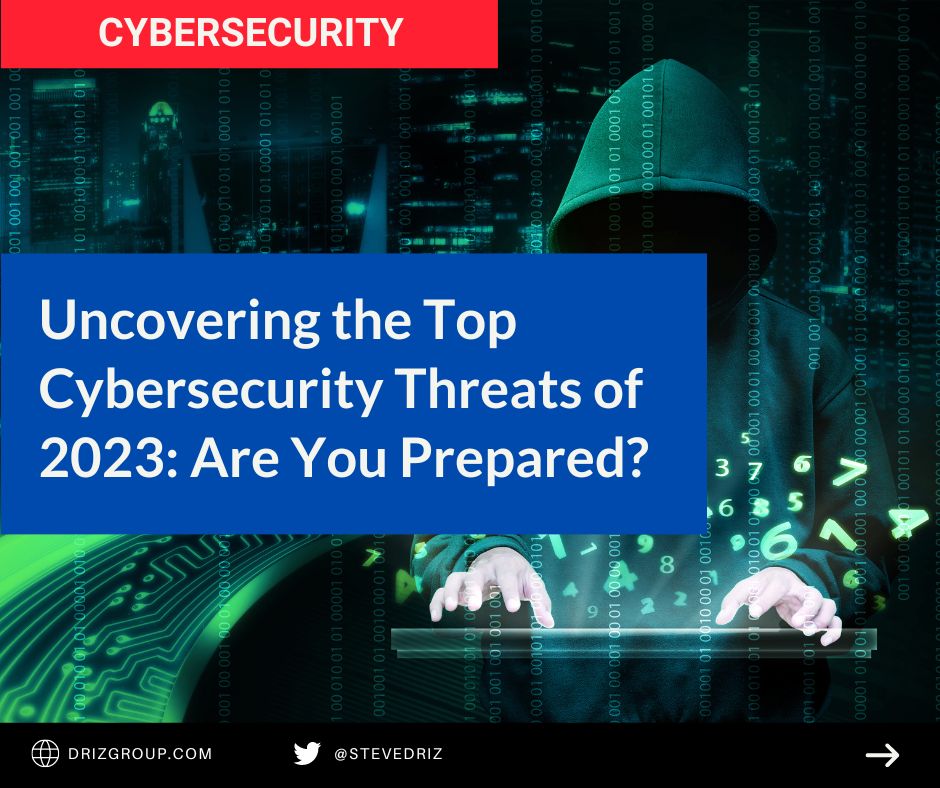Malicious bots are cybersecurity risks because they can capture and record a user’s keystrokes and confidential information, posing a threat to data security. These bots are designed to exploit vulnerabilities and compromise sensitive information, making them a significant concern for cybersecurity measures.
In today’s digital landscape, the proliferation of malicious bots presents a critical challenge to cybersecurity. These automated programs can surreptitiously infiltrate computer systems, posing serious threats to data privacy and security. By capturing and recording user keystrokes and confidential information, these bots can compromise sensitive data, leading to potential breaches and cyber attacks.
As organizations increasingly rely on digital platforms for operations and transactions, understanding and mitigating the risks posed by malicious bots is crucial for safeguarding sensitive information and maintaining cyber resilience.
The Threats
Malicious bots pose significant cybersecurity risks as they have the ability to capture and record a user’s keystrokes and confidential information. They can also reproduce and link to external servers, aiding in data gathering and speeding up search requests. Protecting against these threats is crucial in safeguarding sensitive data.
Unleashing Chaos
Malicious bots can cause widespread chaos by commandeering a network of devices, launching DDoS attacks, and disrupting essential services.
Threatening Safety
Malicious bots threaten the safety and security of personal and sensitive information by capturing and transmitting data, compromising user privacy and financial security.

Credit: www.drizgroup.com
Methods Of Attack
Malicious bots pose a significant cybersecurity risk due to their ability to carry out various methods of attack. These sophisticated automated programs can reproduce and link to external servers, capture and record valuable information, and even cause destruction within computer systems. Understanding these methods is crucial in order to protect against and mitigate the potential damage caused by malicious bots.
Reproducing And Linking To External Servers
One of the primary methods of attack employed by malicious bots is the ability to reproduce and link to external servers. These bots can infiltrate vulnerable websites and replicate themselves, multiplying their presence exponentially. By linking to external servers, they can establish connections to command and control infrastructure, enabling hackers to remotely control and manipulate these compromised systems. This allows malicious actors to orchestrate large-scale attacks and harness the collective power of these bots for their nefarious purposes.
Capturing And Recording Information
Another worrisome method utilized by malicious bots is the ability to capture and record sensitive information. These bots are programmed to infiltrate systems and gather valuable data such as usernames, passwords, and financial details. By recording a user’s keystrokes and monitoring their online activities, these bots can silently collect private information without detection. This poses a significant threat to individuals and organizations alike, as confidential data can be used for identity theft, financial fraud, or even corporate espionage.
Causing Destruction
In addition to reproducing and capturing information, malicious bots are also capable of causing widespread destruction within computer systems. Once a bot gains access to a targeted system, it can execute commands that result in data corruption, system crashes, or even irreversible damage to a computer’s hard drive. This destructive ability can have devastating consequences for individuals and businesses, leading to financial losses, operational disruptions, and compromised security.
Protecting against these methods of attack requires robust cybersecurity measures such as regularly updating software and systems, implementing strong authentication protocols, and deploying intrusion detection and prevention systems. Additionally, user awareness and education are essential in recognizing and avoiding potential threats posed by malicious bots. By understanding these attack methods and taking proactive steps to defend against them, individuals and organizations can better safeguard their digital assets and maintain a secure online environment.
Addressing The Risks
In today’s digital landscape, addressing the risks posed by malicious bots is crucial for maintaining robust cybersecurity. Malicious bots, created with the intent to capture and record a user’s keystrokes and confidential information, can wreak havoc on an individual’s computer or an entire network.
Cybersecurity Frameworks
Cybersecurity frameworks provide a structured approach to addressing the risks associated with malicious bots. These frameworks offer guidelines, best practices, and a comprehensive set of controls that organizations can adopt to enhance their security posture.
Utilization In Cybersecurity
Organizations can leverage cybersecurity frameworks to protect sensitive data, detect and respond to malicious bot activity, and mitigate potential risks. By implementing a framework tailored to their specific needs, organizations can establish a strong defense against malicious bots and other emerging cyber threats.
One widely recognized cybersecurity framework is the National Institute of Standards and Technology (NIST) Cybersecurity Framework. This voluntary guide helps organizations understand, manage, and reduce their cybersecurity risks. It provides a flexible and adaptable approach to address the challenges posed by malicious bots.
Another essential cybersecurity framework is the ISO 27001, which offers a systematic approach to managing information security risks. It provides organizations with a structured framework to identify, evaluate, and mitigate risks associated with malicious bot attacks.
In addition to frameworks, organizations can also utilize various cybersecurity tools and technologies. Intrusion detection systems (IDS), firewalls, and antivirus software play a crucial role in detecting and preventing malicious bot activity.
Moreover, organizations need to prioritize employee education and awareness programs. By training employees on the dangers of malicious bots, the importance of strong passwords, and safe browsing practices, organizations can significantly reduce the risk of falling victim to these cyber threats.
In conclusion, addressing the risks posed by malicious bots requires a comprehensive approach that includes the utilization of cybersecurity frameworks, implementing appropriate tools and technologies, and fostering a culture of cybersecurity awareness. By taking these steps, organizations can strengthen their defenses and safeguard their sensitive information from the ever-evolving threat landscape.

Credit: www.heinz.cmu.edu

Credit: www.processunity.com
Frequently Asked Questions For Malicious Bots Are Cybersecurity Risks Because They
What Is A Malicious Bot?
A malicious bot is a cybersecurity risk that captures and records a user’s keystrokes and confidential information.
What Are Bots In Cyber Security?
Malicious bots in cyber security can capture and record a user’s keystrokes and confidential information. They are a risk as they aid in data gathering and can reproduce and link to an outside server.
What Are The Risks Of AI in Cyber?
AI in cybersecurity holds the risk of malicious bots capturing user keystrokes and confidential information. These bots can reproduce, link to external servers, and aid in data gathering, posing serious threats.
How Does A Rootkit Pose A Cybersecurity Threat?
A rootkit poses a cybersecurity threat by capturing and recording a user’s keystrokes and confidential information.
Conclusion
To sum up, the presence of malicious bots poses serious cybersecurity risks. These bots have the ability to reproduce, link to external servers, and capture sensitive information, including keystrokes. They can lead to data breaches, identity theft, and even the destruction of a computer’s hard drive.
It is crucial for individuals and organizations to remain vigilant and take appropriate measures to protect themselves against these threats. Regularly updating security systems, implementing strong passwords, and being aware of phishing attempts can help mitigate the risks associated with malicious bots.
Safeguarding digital assets and personal information should be a top priority in today’s digital landscape.



